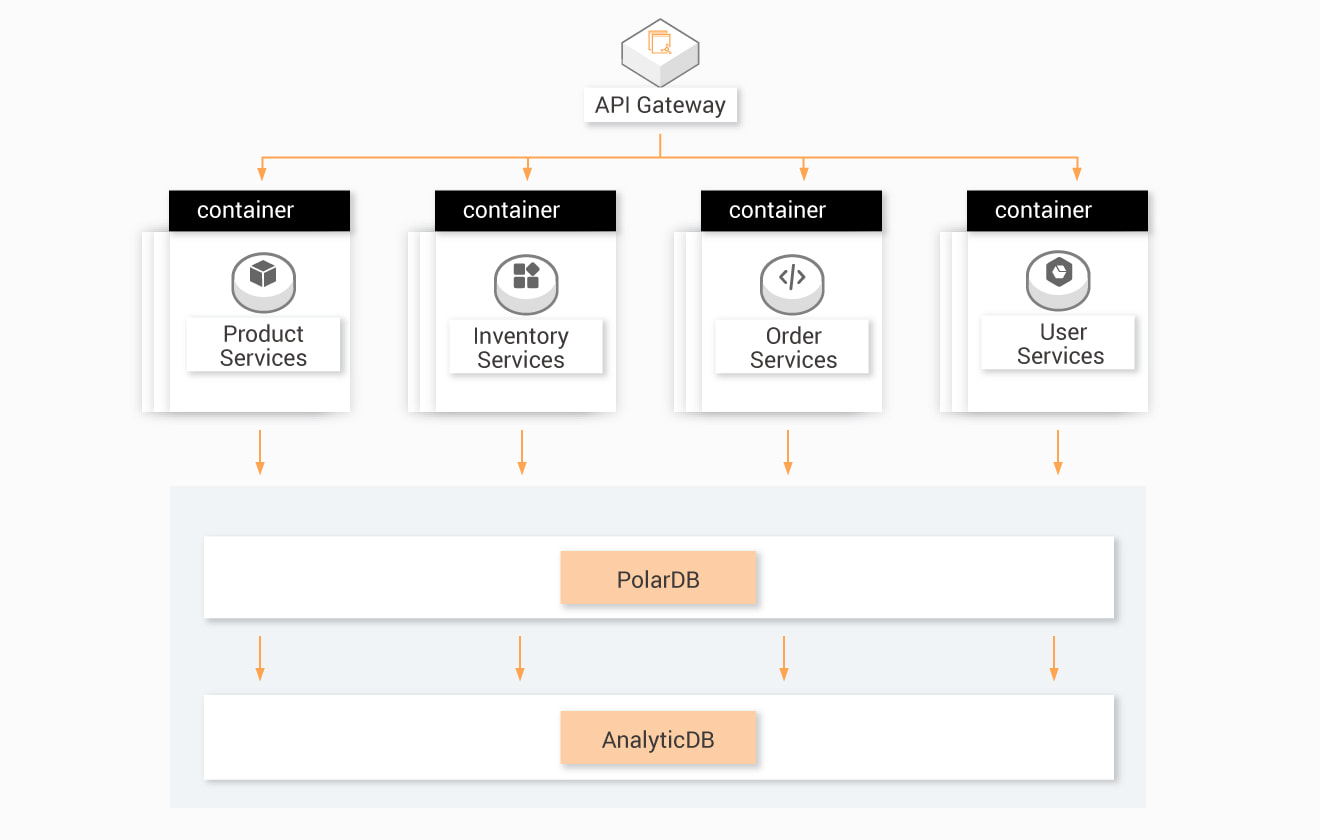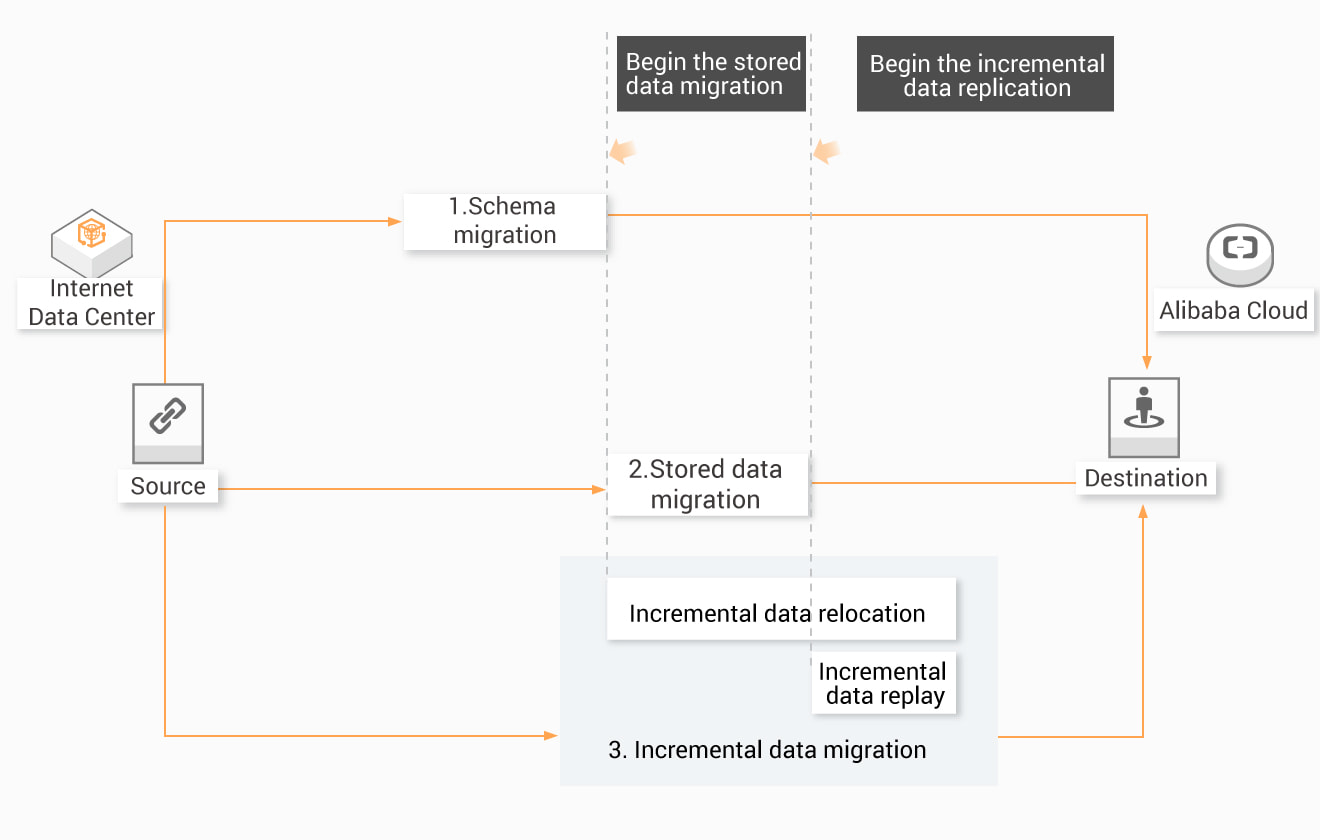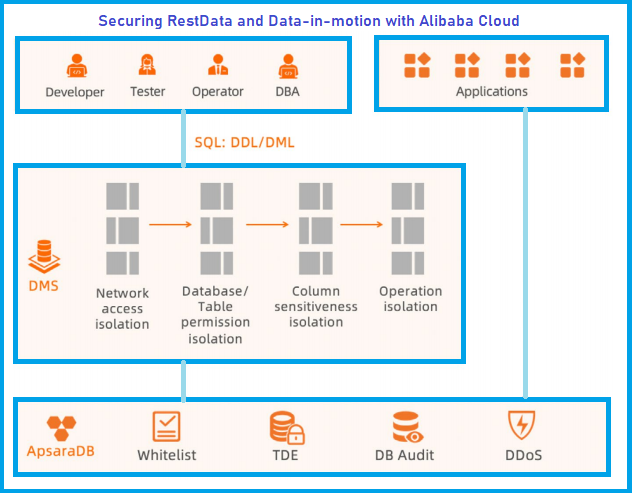By Shantanu Kaushik
In the previous article of the series on Database migration, I outlined the evaluation and planning phase of the database migration practice. I also introduced various tools to migrate, manage and backup your database on Alibaba Cloud.
In this article, I will introduce the cloud-native database architecture and technologies behind Alibaba Cloud database service. I will discuss how every product and service come together to form a solution and will focus on different industry use-cases based on success stories.
Alibaba Cloud has a lineup of products and services that function in-line with the technological paradigm shift. As technologies evolve, so do the industry tools and practices. The most comprehensive benefit of migrating to Alibaba Cloud is the ability to combine your database and services to achieve business agility and move towards better expansion scenarios.
Alibaba Cloud product lineup is comprised of database products that are focused on specific in-demand features or solutions, based on years of experience. When analyzing semi-structured or unstructured data, a NoSQL database solution is the most preferred. On the other hand, transactional and analytical database systems are used for data accuracy with transactions and to enable real-time complex queries.
These solutions are capable of handling large amounts of data and to process this data with minimal response time. These products are end-to-end secure and are backed with comprehensive access control features.
Let us discuss some of the available database products by Alibaba Cloud.
MongoDB, along with Alibaba Cloud, introduced the ApsaraDB for MongoDB service. It supports one-member and three-member replica set architecture, offering cost-effective solution and automatic failover functionalities.
The Distributed clustering architecture supports sharded clusters. Each of these clusters have:
A three-member replica set architecture is used with shard and config-server replica sets to ensure impeccable reliability and security. ApsaraDB for MongoDB enables you to elastically scale up and down by manipulating the number of Mongo instances and shard replica sets.
Every shard supports a maximum of 25,600 IOPS (input and output operations per second), with a maximum of 2TB data storage capacity in each shard. This ensures highly scalable product and on-demand resource orchestration.
Automatic backup and quick recovery features work in-sync with the Alibaba Cloud Object Storage Service (OSS) to provide seamless operations.
Let us list some of the features of ApsaraDB for MongoDB:
ApsaraDB for PolarDB is a cloud-native relational database service that is considered to be much faster than a standard MySQL database. Known for its security and reliability, ApsaraDB for PolarDB is the go-to tool for business-critical database applications.
Some of its core features are:
Business growth depends on the industry. However, it also depends on how well-defined your practices are and how robust is your setup. With Alibaba Cloud, you can easily sync your cloud solutions deployed on Alibaba Cloud's platform with services complementing each other.
There could be any number of reasons for moving to the cloud, but for this use-case, let us consider that your shift was driven by extremely slow-performing databases.
Issue:
Factors for the slow down:
Solution:
Alibaba Cloud offers a multi-tier architecture to counter such complex business scenarios. Here, shifting to a cloud-native architecture is the best option. This will enable the business to leverage elasticity and management features to counter the problem at hand. Let us first look at a visualization to see how this architecture looks like and then I will outline the associated functionality:

With this model, the Alibaba Cloud API gateway service connects with the microservices functionality to handle product sales, inventory service, orders, and user-based services.
This will allow the business to scale different modules of their operations independently and on-demand.
This will allow the system to distribute workloads in terms of transactional and analytical. This will incorporate Polar DB and Analytics DB.
This system will ensure a highly scalable environment based on microservices. As microservice architecture is 'loosely-coupled' and supports high elasticity in operations.
Query and submission times are crucial for data-centric industries. These could be content based industries, where time taken in data processing proves to be the most critical factor for industry-wide success.
Issue:
Transition times are much higher than anticipated. This results in performance slow down and content submission issues.
Solution:
In this scenario migrating both MySQL and Redis databases from on-premise to cloud is the only viable solution. This will enable the organization or business to leverage the benefits of a fully managed database service. A fully managed-database service will enable a more elastic, secure, and scalable solution for the industry.
As this industry is based on the time-specific content submission for their platform. Database Transmission service (DTS) will serve as the migration solution. It will enable migration of the complete metadata, all the tables with existing data, and incremental data that the organization is current working with.
Let us look at a visualization to better understand the scenario:

This will account for a zero-downtime migration. After a successful migration, the whole system, including applications, can point to the cloud-based database service, completing the total migration scenario without any disruptions in the service.
Different organizations have different needs at the end-point. Though, Alibaba Cloud services have end-to-end security integration and a dedicated security product lifecycle, certain organizations may require high-security solution with certain modules. The need is for a secure solution while migrating database from On-premise to Alibaba Cloud.
Demand:
Solution:
There was a desperate need for Data Management Service (DMS) and Resource Access Management (RAM) to be implemented in this solution.
Let us first look at a visualization to have an overview of this solution:

Here, identity and access management can be induced using the Resource and Access Management (RAM). It can be used to define operational roles or teams like testers, developers, operators and Database Administrators. RAM was used for both authentication and authorization functionality.
Security features like whitelist, TDE, DB Audit and Anti-DDoS were used to secure data.
Database Migration from on-premise to cloud plays an important role when it comes to Digital Transformation. Organizations and businesses who are willing to make the shift are counting on the cloud service expertise and guidance of the cloud provider during pre-migration, while migrating, and post-migration. Alibaba Cloud offers a solution that caters to all stages of database migration.
Every successful migration is another step towards a better and more transformed business strategy. If done correctly, this will probe to be the prime mover in business expansion and continuity.
The views expressed herein are for reference only and don't necessarily represent the official views of Alibaba Cloud.

2,599 posts | 765 followers
FollowAlibaba Clouder - November 3, 2020
Alibaba Clouder - November 2, 2020
Cherish Wang - February 20, 2019
Alibaba Clouder - November 2, 2020
Alibaba Clouder - March 10, 2021
Alibaba Clouder - May 3, 2021

2,599 posts | 765 followers
Follow Database Migration Solution
Database Migration Solution
Migrating to fully managed cloud databases brings a host of benefits including scalability, reliability, and cost efficiency.
Learn More PolarDB for Xscale
PolarDB for Xscale
Alibaba Cloud PolarDB for Xscale (PolarDB-X) is a cloud-native high-performance distributed database service independently developed by Alibaba Cloud.
Learn More Oracle Database Migration Solution
Oracle Database Migration Solution
Migrate your legacy Oracle databases to Alibaba Cloud to save on long-term costs and take advantage of improved scalability, reliability, robust security, high performance, and cloud-native features.
Learn More Cloud Migration Solution
Cloud Migration Solution
Secure and easy solutions for moving you workloads to the cloud
Learn MoreMore Posts by Alibaba Clouder